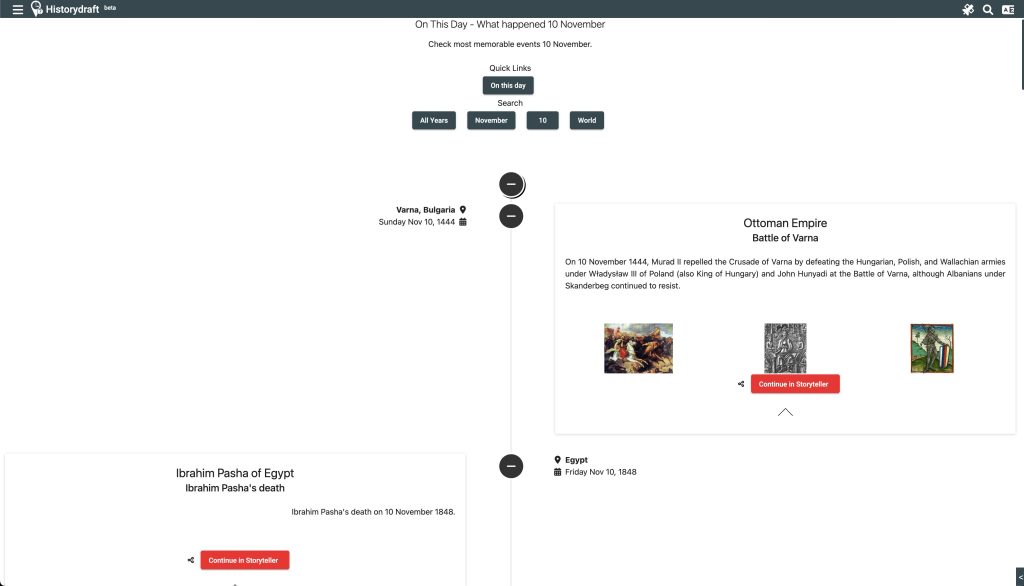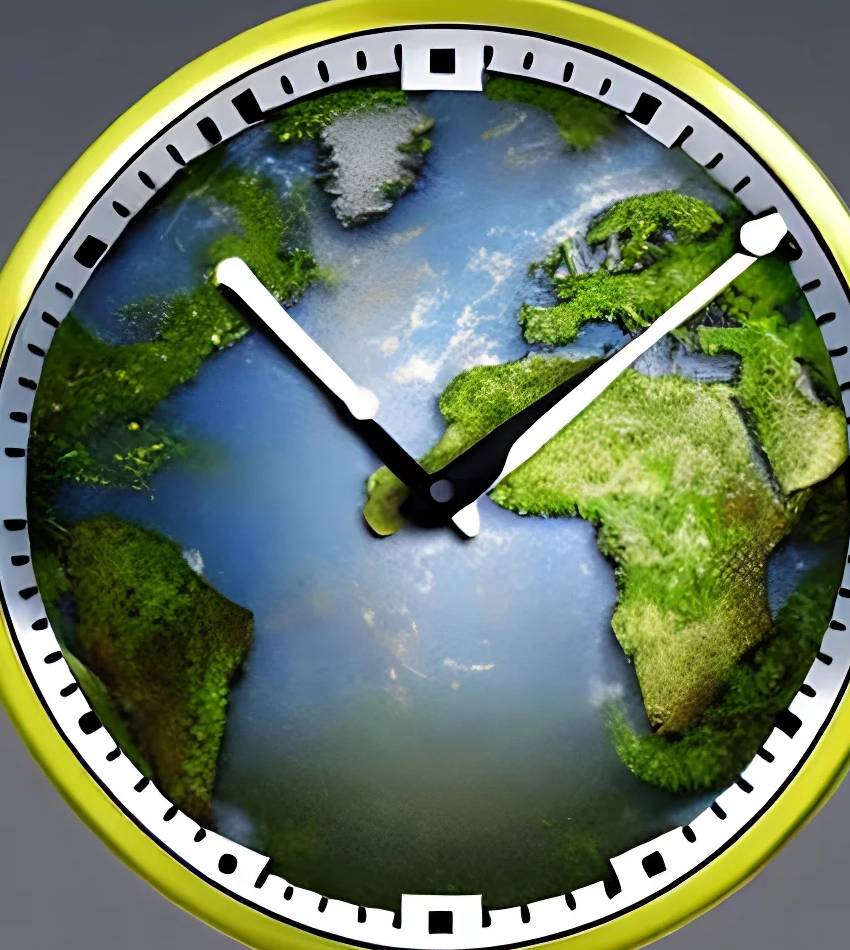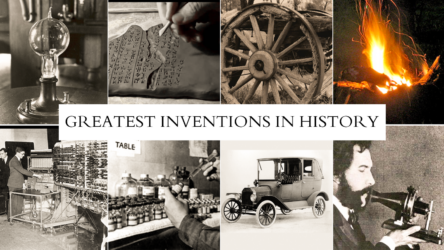“If only I can understand what was going on while this event was happening!”, “How does this event relate?”. We always hear those two questions, as historical events have been always scattered many places on earth during many eras.
In this post we will introduce multiple tools you can use on historydraft to analyze historical events to give you more information around specific event in history and how it relates to near events in time and space.
Starting from our latest feature, we added a new “Analyze” button to our storyteller. Just click on the magnifier icon on any event in the storyteller and see the magic!
Once clicked, you should reach the event analysis page, for example, our favorite Hachiko story has birth as first event, here is the analysis page:
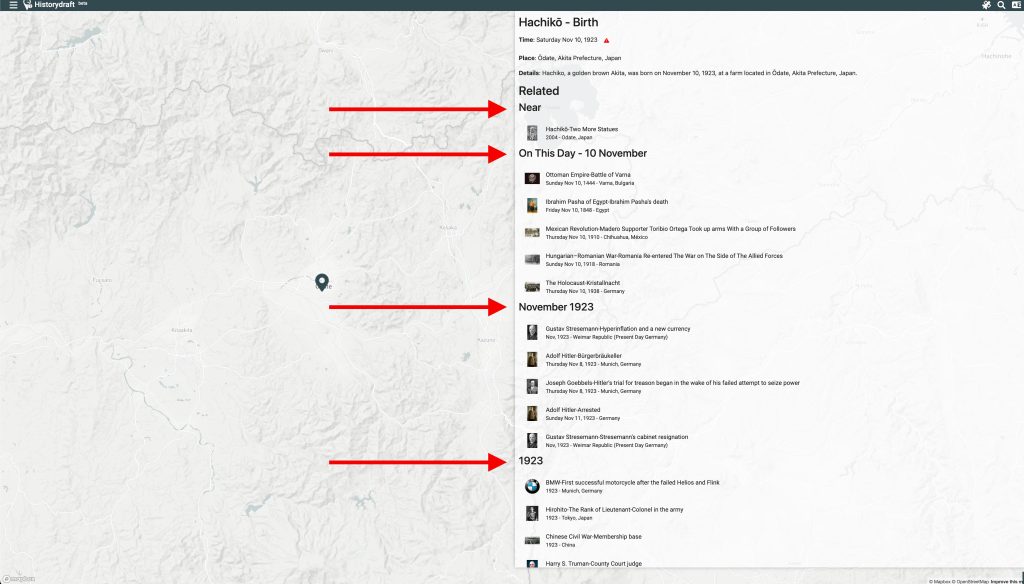
As indicated by the red arrows, you can see that for each event the analysis will provide:
- Spatial analysis: Events that happened near to this event (spatially related events)
- Temporal analysis: Events that happened same day/month/year (temporally related)
Spatial analysis
The first option analysis provides is giving you quick list of events happened near the event you are analysing, on clicking the word ‘Near’, it will take you to our map search with location pre-populated on map, for example for this event:
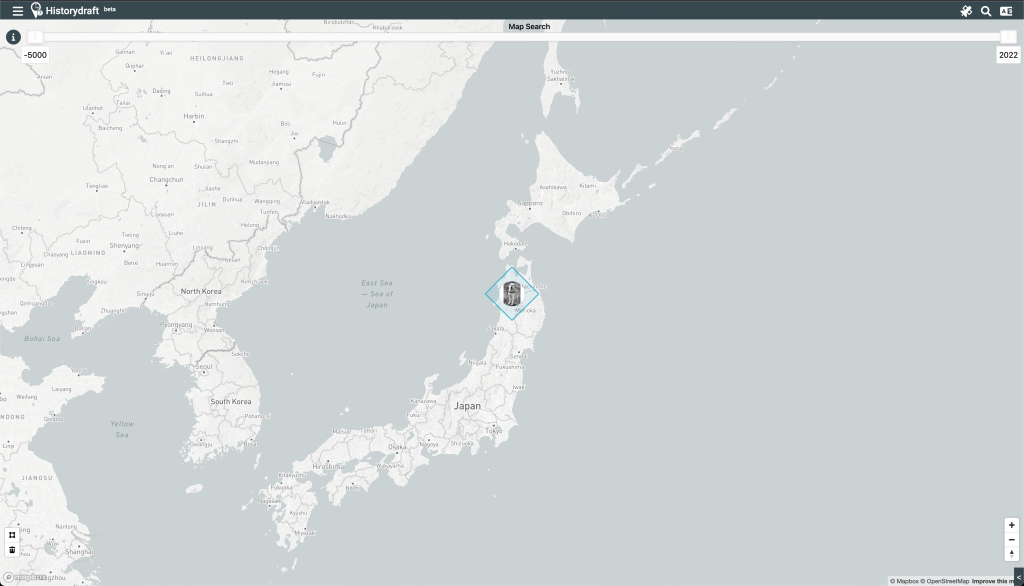
But unfortunately, for this event, the default area wasn’t enough to find all enough nearby events, so we will go ahead and expand the area of search by dragging the polygon points, as following:
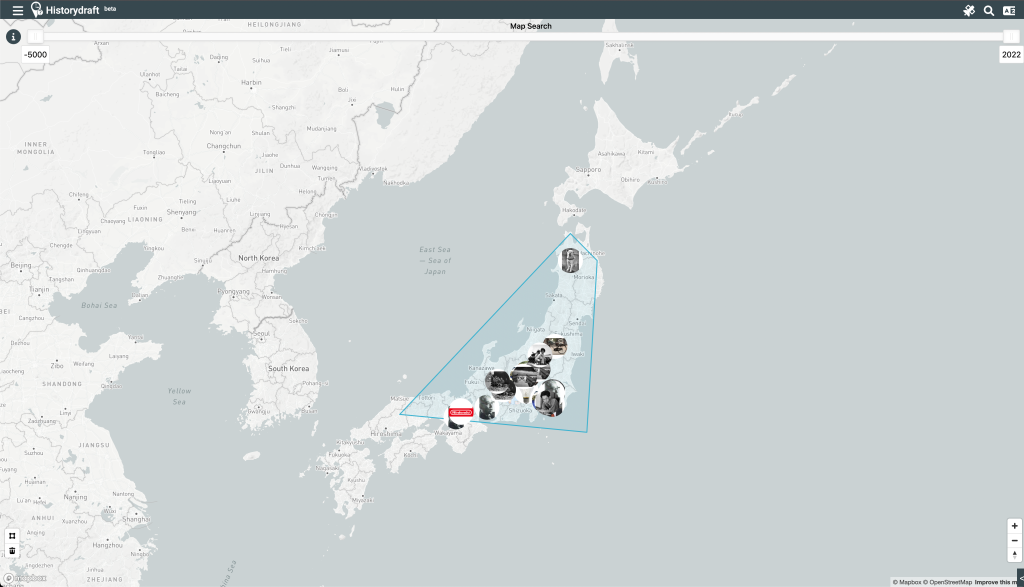
And once we include more are in Japan, we can see more events. you can make use of the date range as well to limit the results to specific time.
Temporal Analysis
The second analysis the page provides is temporal analysis, For example, but not limited:
- Events that happened on the same day in this specific year. (Matches year, month and day of the original event)
- Events that happened on the same day in any year (Matches day and month only)
- Events that happened on this month (If any event isn’t mentioned yet)
- Events that happened on this year (If any event isn’t mentioned yet)
For example, for this event, on this day will take you Nov 10th in our on this day module.
